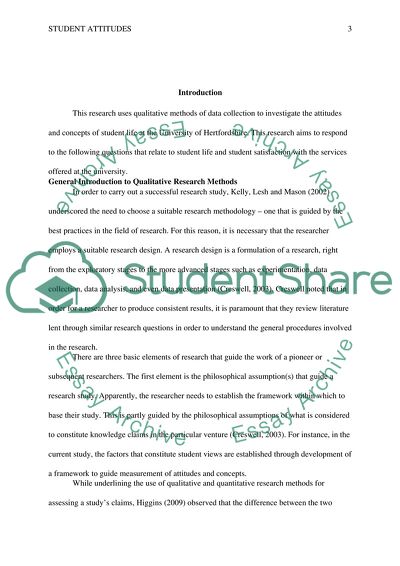Cite this document
(Investigating the Attitudes and Concepts of Student Life at the Lab Report Example | Topics and Well Written Essays - 4250 words, n.d.)
Investigating the Attitudes and Concepts of Student Life at the Lab Report Example | Topics and Well Written Essays - 4250 words. https://studentshare.org/psychology/1855020-lab-report
Investigating the Attitudes and Concepts of Student Life at the Lab Report Example | Topics and Well Written Essays - 4250 words. https://studentshare.org/psychology/1855020-lab-report
(Investigating the Attitudes and Concepts of Student Life at the Lab Report Example | Topics and Well Written Essays - 4250 Words)
Investigating the Attitudes and Concepts of Student Life at the Lab Report Example | Topics and Well Written Essays - 4250 Words. https://studentshare.org/psychology/1855020-lab-report.
Investigating the Attitudes and Concepts of Student Life at the Lab Report Example | Topics and Well Written Essays - 4250 Words. https://studentshare.org/psychology/1855020-lab-report.
“Investigating the Attitudes and Concepts of Student Life at the Lab Report Example | Topics and Well Written Essays - 4250 Words”. https://studentshare.org/psychology/1855020-lab-report.


